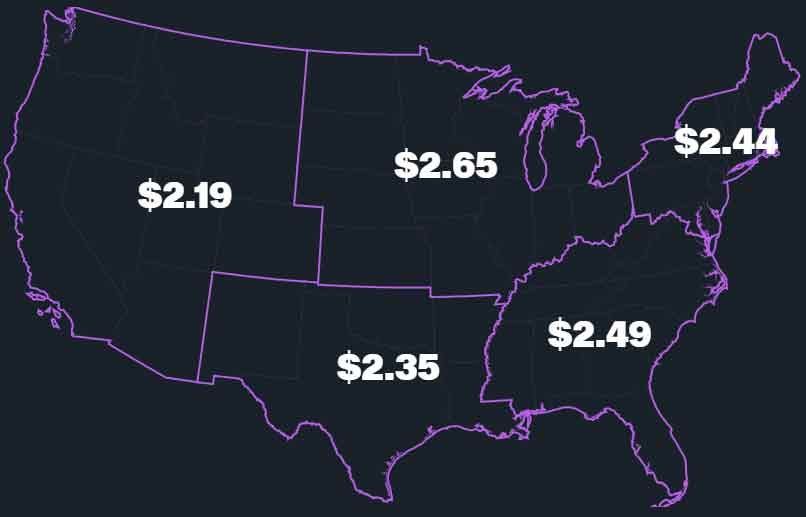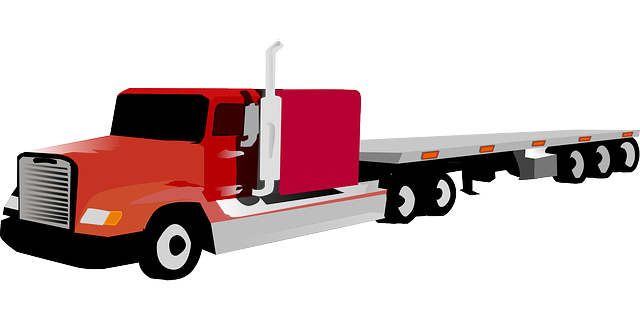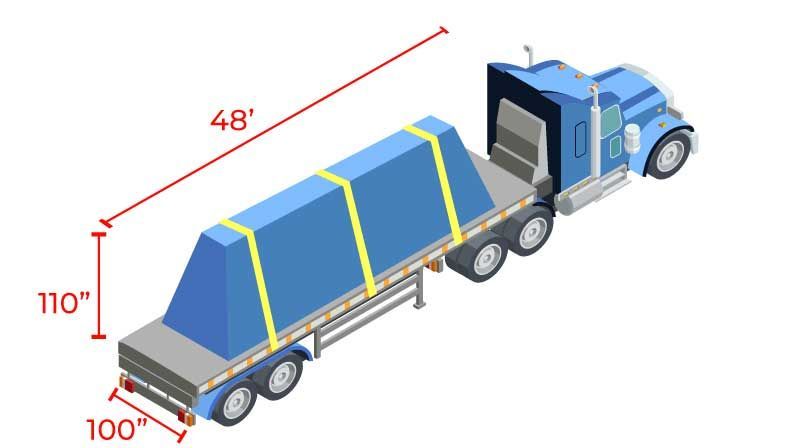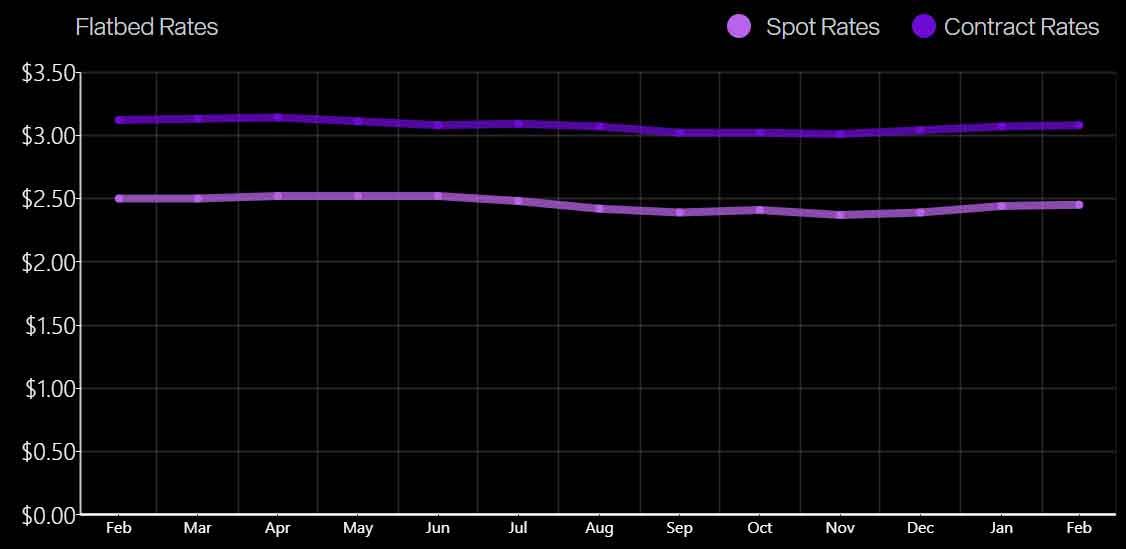Flatbed rates fluctuate based on market demand, fuel costs, and equipment availability. Planning ahead helps secure lower rates. Booking in advance reduces last-minute expenses and increases access to preferred carriers.
Freight flexibility also impacts pricing. Partial loads and LTL flatbed options can cut costs if your shipment doesn’t need an entire trailer. Working with a logistics provider opens access to consolidated shipments, further lowering expenses.
Likewise, the equipment type will impact the freight rate. From standard flatbeds to step decks, conestoga, curatinside to hotshot RGN services, our dedicated TLI flatbed brokerage team stands ready to navigate your shipment challenges. It is worth advising that our subsidary TLI Express is a hotshot RGN motor carrier, so we have a great deal of experience working with many different flatbed equipment types. Whether it's partial or full-load flatbed freight, our flexible and scalable TL equipment options cater to businesses of all sizes.




